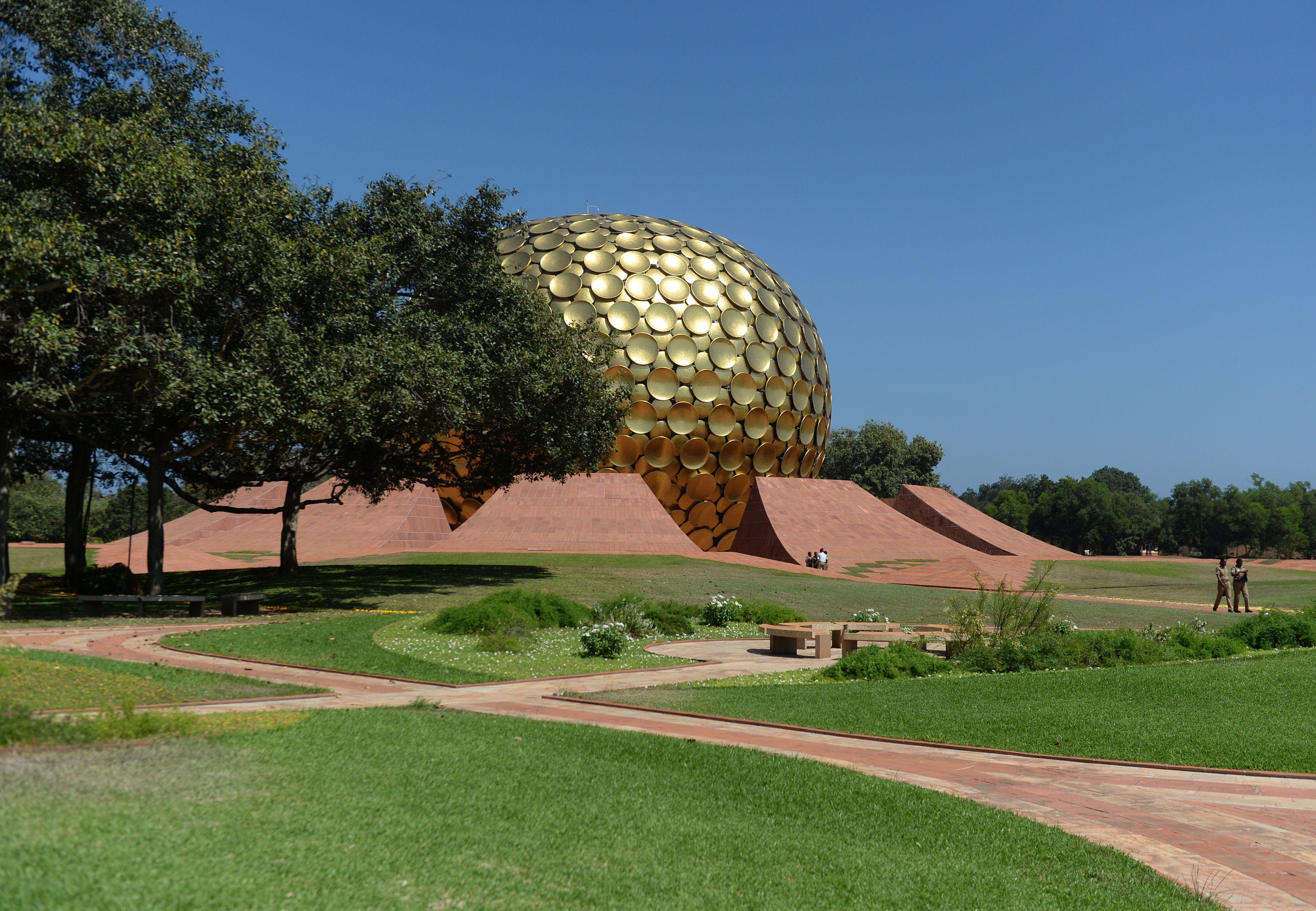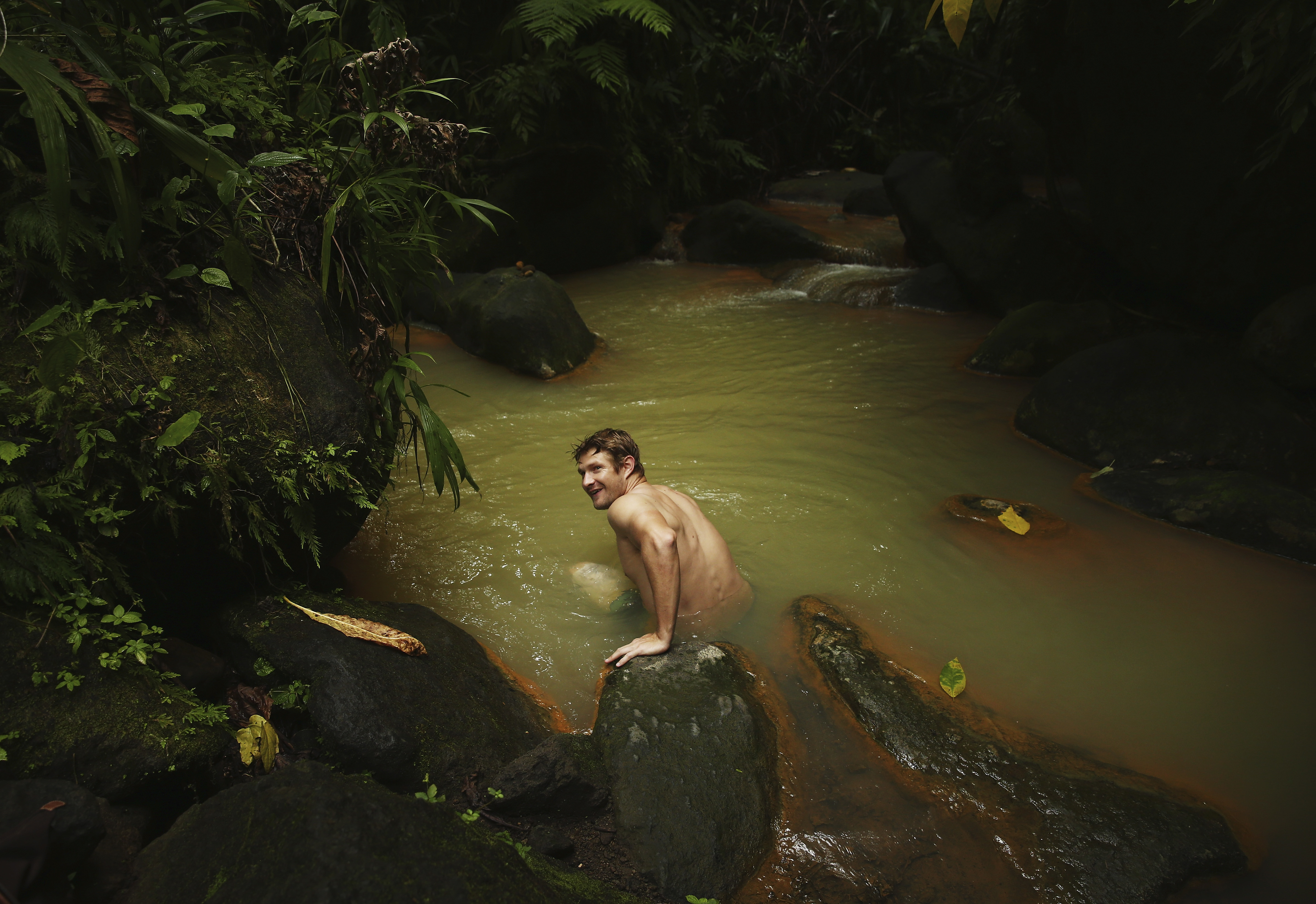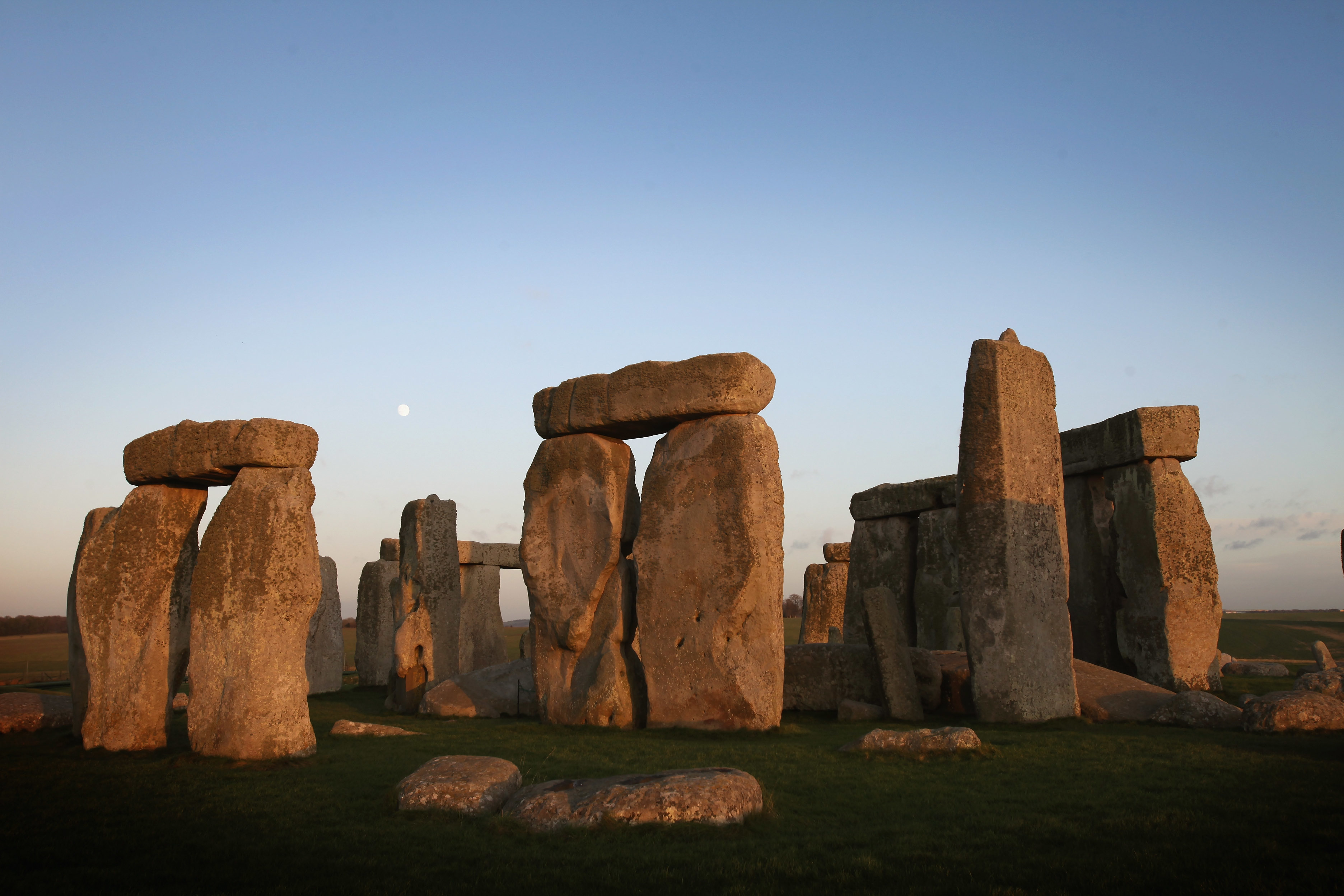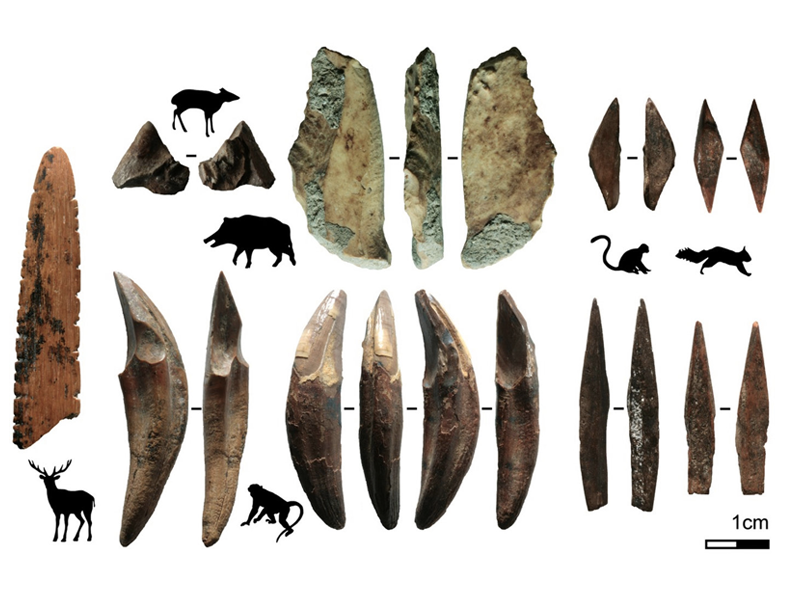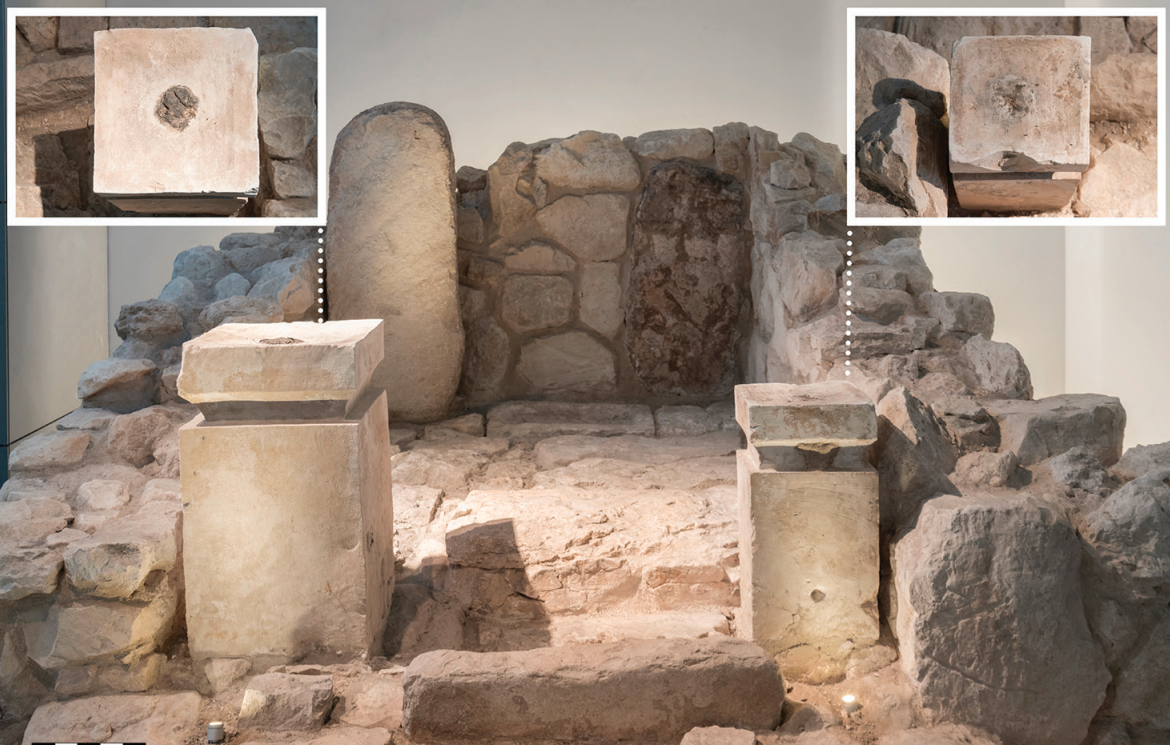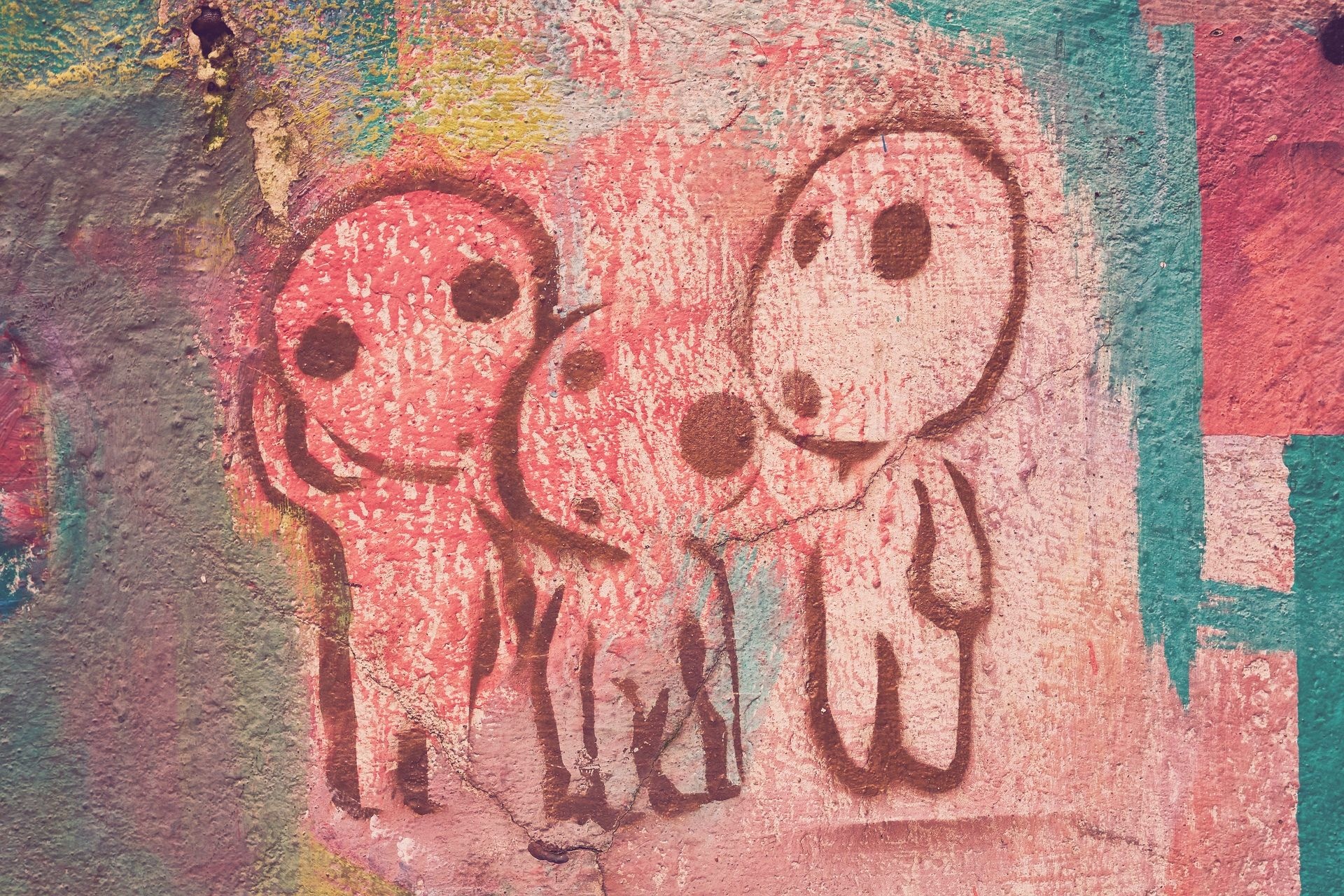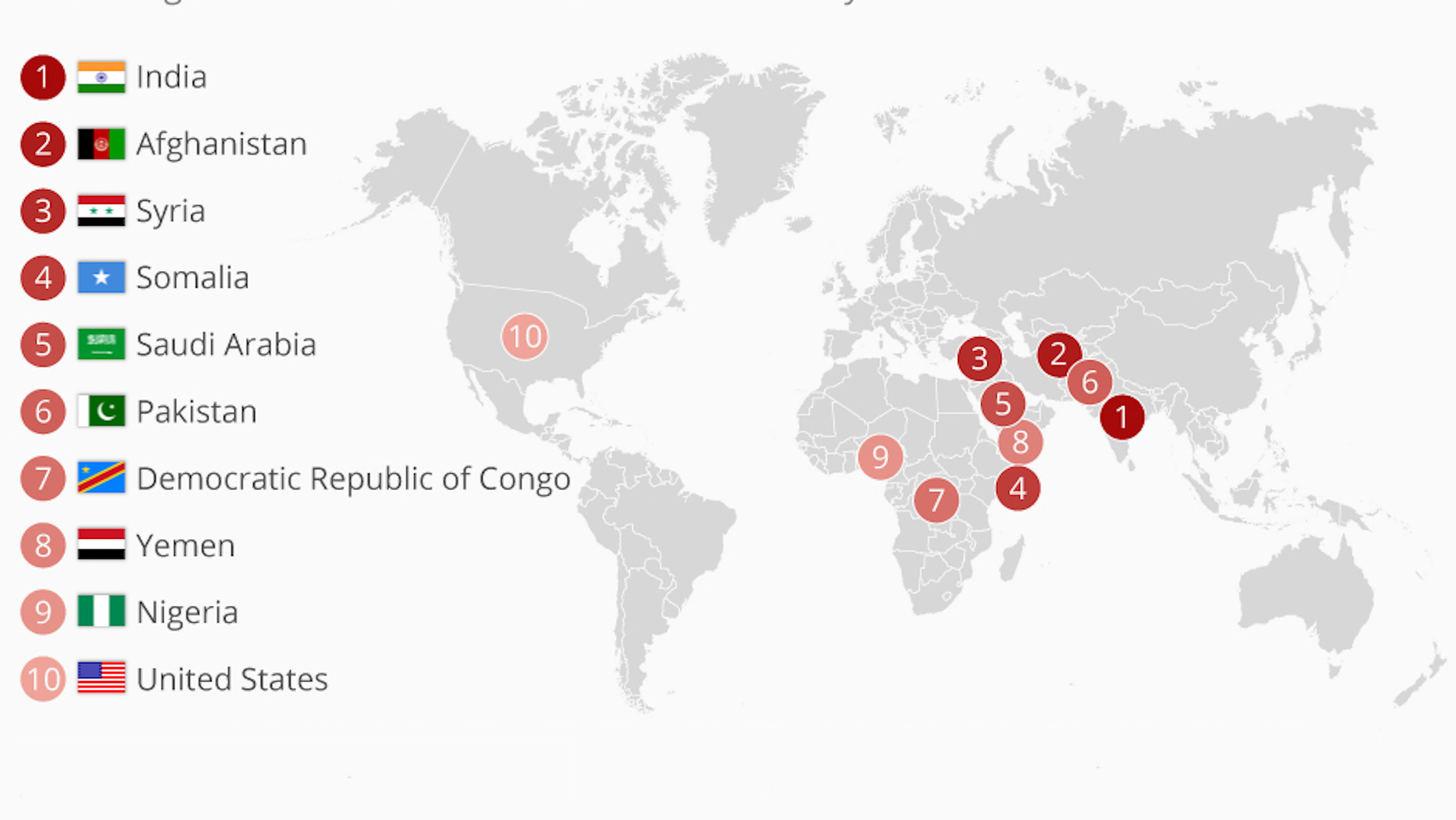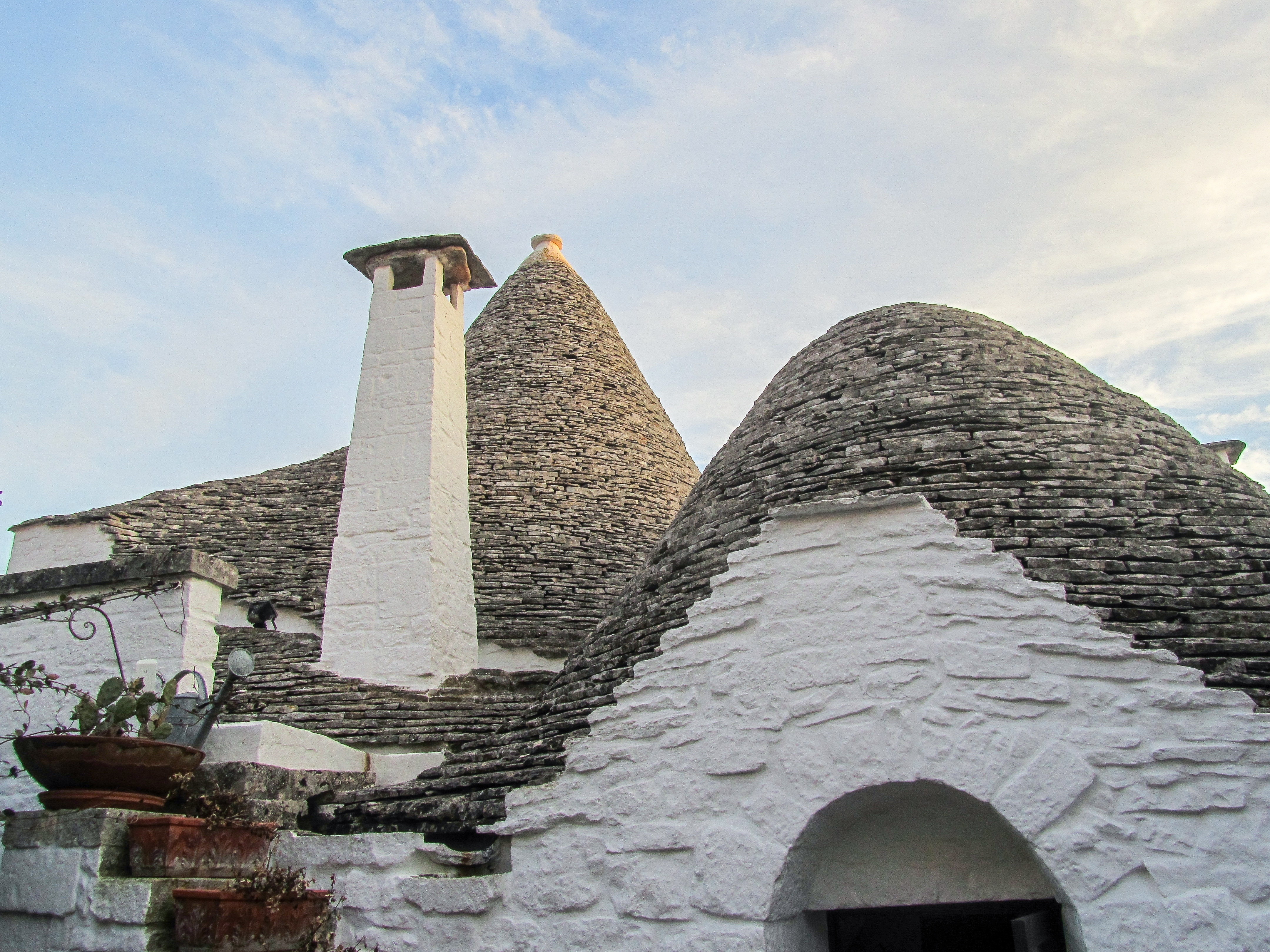world cultures
Our chart shows new additions since 1984 that have stuck around.
The Inglehart-Welzel World Cultural map replaces geographic accuracy with closeness in terms of values.
The author of “Auroville: The City Made of Dreams” talks about the difficulties of establishing (and writing about) utopian societies.
Scientists have found evidence of hot springs near sites where ancient hominids settled, long before the control of fire.
Psychedelics are going mainstream. Here’s your reading list.
Most of Stonehenge’s megaliths, called sarens, came from West Woods, Wiltshire.
Artifacts uncovered in southeast Asia offer clues on early complex human cultures.
Don’t worry about grammar rules at first. They’ll only trip you up.
▸
3 min
—
with
Would you study abroad online?
That’s not frankincense you smell at the “holy of the holies.”
Why do so many people report encounters with seemingly similar entities after taking DMT?
Now is the perfect time to take up a new language. Self-motivation and commitment are key to mastering this fun and useful new skill.
▸
10 min
—
with
You can’t really have an opinion if you don’t know all sides of the argument.
▸
5 min
—
with
Is the experience we call “love” felt the same in every language?
Understanding society as an ever-changing archipelago, rather than as a fixed, closed structure.
▸
8 min
—
with
A new study finds that societies use the same acoustic features for the same types of songs, suggesting universal cognitive mechanisms underpinning world music.
Is the way we hear music biological or cultural?
Critics complain that Maslow’s hierarchy of needs focuses too much on the West. Yet other cultures often have similar ideas about personal development.
Why one expert believes it is knocking on death’s door.
#MeToo and #TimesUp catapult America into the club of world’s most anti-women countries.
“In so far as bodily movements build the brain, every movement a human makes matters.”
The iconic 20th-century artist might not sound how you’d expect.
We put presidents on our money, but isn’t there more to life than politics?
Humanity has long been obsessed with individuals who, in a fit of rage, transform into something not-quite human. Irish mythology serves up another example.
Here are 7 often-overlooked World Heritage Sites, each with its own history.
“Earth” features about 30 of the biggest names in entertainment.
The Bajau people’s nomadic lifestyle has given them remarkable adaptions, enabling them to stay underwater for unbelievable periods of time. Their lifestyle, however, is quickly disappearing.
The hard part was keeping the list down to ten.
Arranged marriages and Western romantic practices have more in common than we might think.
They’re positioned as they are for a good reason.


